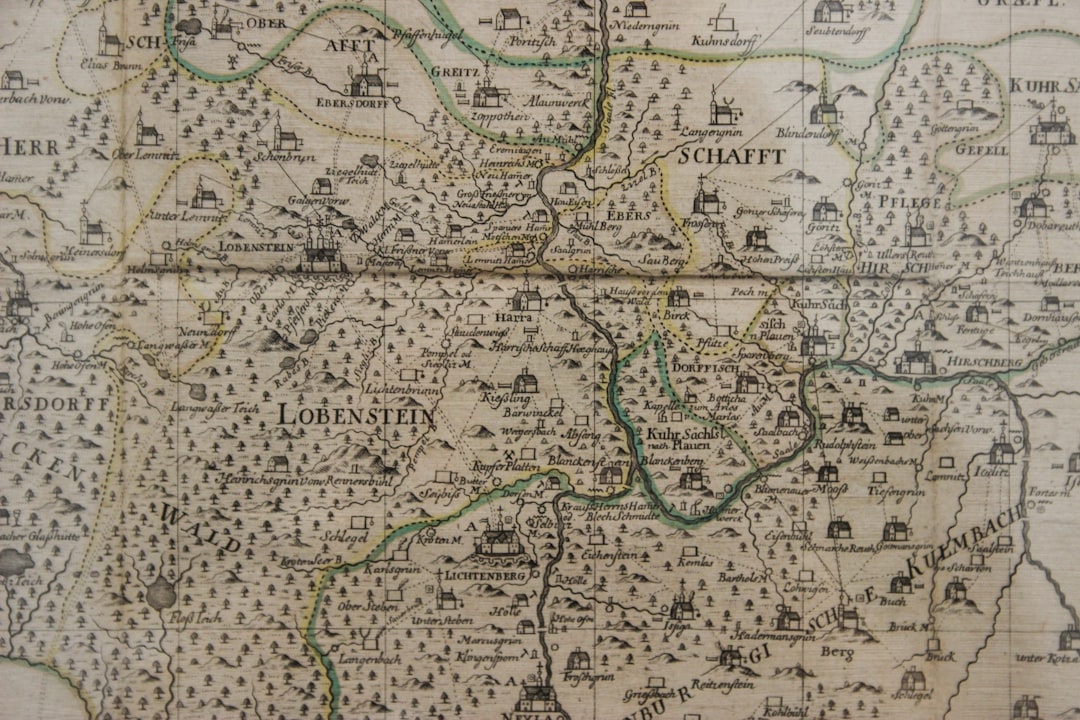What is it about?
Since 1978, subjugation, discrimination, and human rights violations have forced the Rohingya to flee Myanmar and seek refuge in Bangladesh. The legalized “statelessness” and marginalized ethnoreligious status of the Rohingya in Myanmar and their violent expulsion eventually determined their status in Bangladesh and the government response. Initially, the Bangladesh government and local communities took a liberal attitude towards the humanitarian crisis, accommodated the refugees in camps along the border region, and offered assistance. However, there are over a million Rohingya in the country now, and its resources limited, to begin with, are under enormous strain. The tensions between the Rohingya and host communities have led the government to oppose the integration and encourage the voluntary repatriation of refugees to Myanmar. This study analyses the shift in Bangladesh government domestic, as well as regional policies such as Look East policy, in managing the Rohingya crisis and proffers policy recommendations at the end.
Featured Image

Photo by Julie Ricard on Unsplash
Read the Original
This page is a summary of: The “stateless” Rohingya in Bangladesh: Crisis management and policy responses, Asian Politics & Policy, October 2021, Wiley,
DOI: 10.1111/aspp.12611.
You can read the full text:
Contributors
The following have contributed to this page










